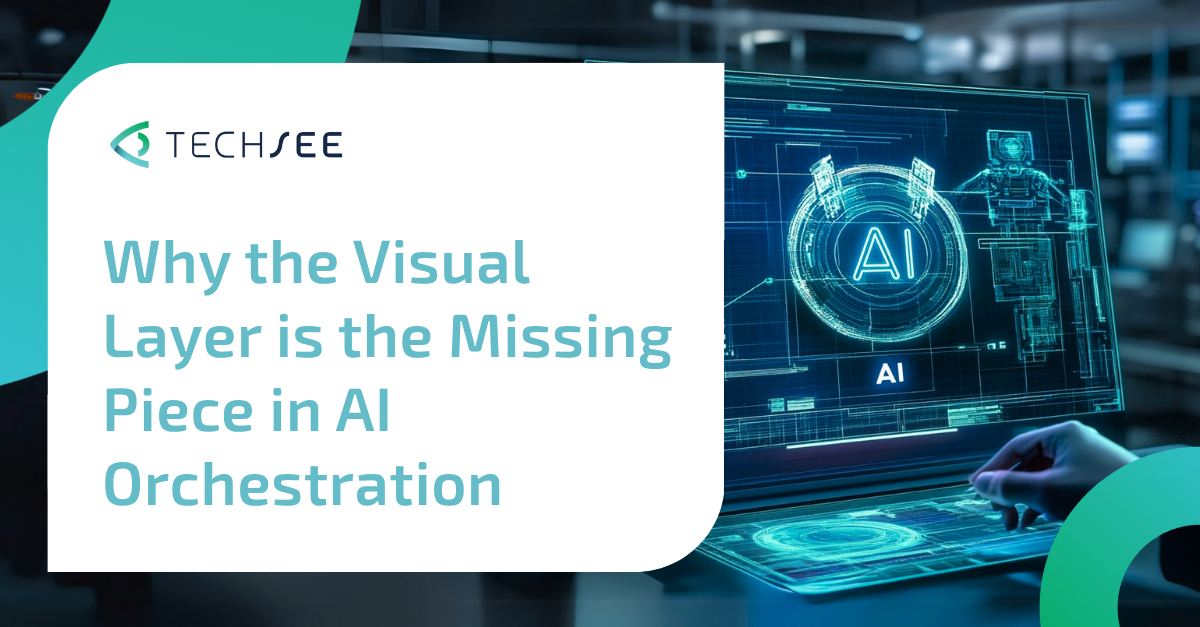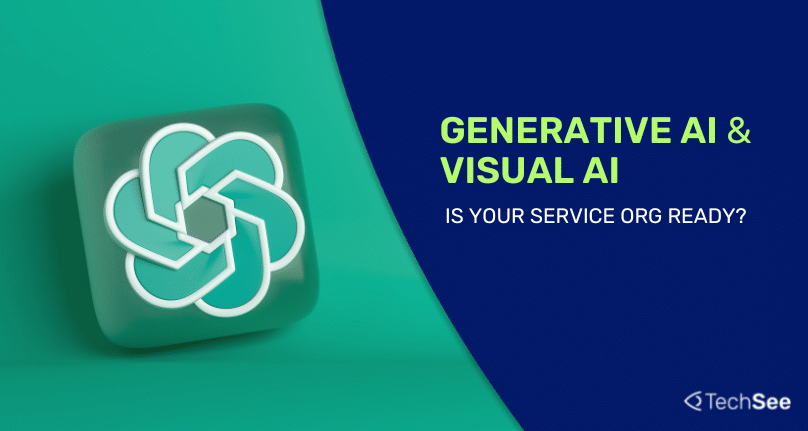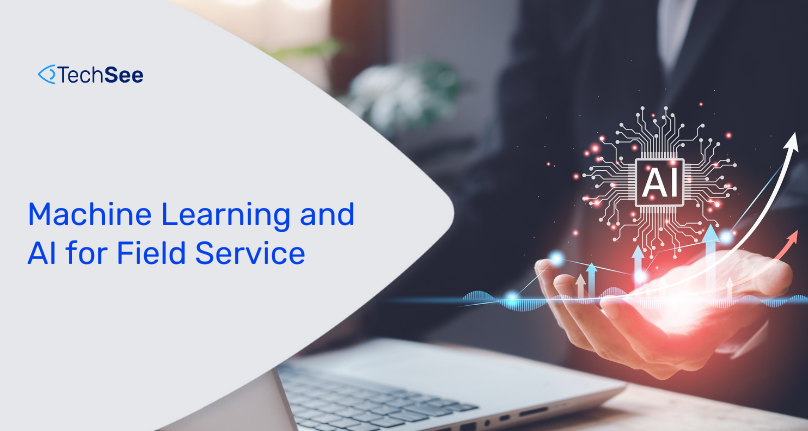Contents
AI orchestration is supposed to be the brain of your service stack—connecting bots, workflows, agents, and data streams into one intelligent system. But many enterprises are discovering that their orchestration platforms are operating with a critical blind spot: they don’t know what’s actually happening on the ground.
Text entries, CRM tags, and keyword-based workflows offer structure—but not context. The result? Escalations, misroutes, and customer frustration.
What’s Missing? Real-Time Sensory Input.
When a customer types “It’s not working,” most orchestrators guess. They follow logic trees. They escalate based on historical patterns. But what if the issue is visual—like a blinking router light, a disconnected cable, or a device installed upside down?
You can’t automate your way out of a context problem. You need a visual layer.
Visual Agentic AI Adds Eyes to Your AI Stack
Visual Agentic AI gives orchestrators something they’ve never had: the ability to see.
Here’s how it works:
- The customer launches a visual session—no app needed
- TechSee’s platform, powered by Sophie AI, analyzes visual input in real time
- Based on what it sees, the system recommends next steps—or acts automatically
This visual context becomes structured, trusted input into your orchestration engine. And it changes everything.
Use Case: Connectivity Guru in a Smart Service Flow
Let’s say a customer reports Wi-Fi issues:
- Connectivity Guru launches a session
- Sophie AI identifies poor router placement and LED error codes
- The orchestrator now routes the issue to visual self-service—not Tier 2
- If unresolved, a technician is dispatched—with full visual context
This isn’t just efficient—it’s intelligent. The system doesn’t guess. It sees.
Enterprise Outcomes That Matter
Organizations adding a visual layer to their orchestration strategy report:
- 30–50% faster resolution times
- Significant reduction in escalations
- Higher agent satisfaction due to cleaner workflows
- Stronger data integrity across customer records
Most importantly, they eliminate the gap between what the customer sees and what the system understands.
Why Visual Intelligence Must Be Native, Not Bolted On
True orchestration is about more than routing. It’s about choosing the right action based on the right input. Visual intelligence ensures that every decision your AI makes is grounded in reality.
It’s not a layer on top. It’s the foundation that makes orchestration trustworthy.
See the Solution
The future of orchestration isn’t just smarter—it’s more aware. And awareness starts with visibility.
Want to explore how visual intelligence can elevate your AI workflows? Book a demo and See the Solution powering real-time orchestration at scale.






